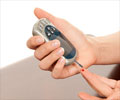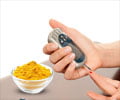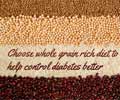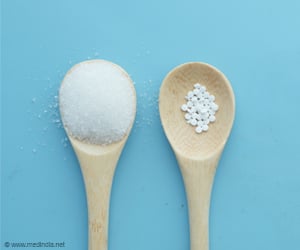Two oxygen-producing compounds help build a bioartificial pancreas to treat type 1 diabetes by improving the function and viability of insulin-producing cells.
- Oxygen-producing compounds may help treat diabetes.
- These compounds help restore blood glucose regulation.
- They prevent beta cell death caused by hypoxia during pancreas transplantation.
Researchers have been working for years to develop a bioartificial pancreas in the lab to help the millions of people with type 1 diabetes. About three million Americans have the disease, an autoimmune disorder that destroys insulin-producing beta cells within the pancreas. While insulin injections can help control blood sugar, the therapy cannot prevent complications of the disease, including kidney damage, nerve pain and damage to blood vessels in the eyes that can lead to blindness.
While the transplantation of an entire pancreas or of its insulin-producing cells can potentially cure type 1 diabetes, these options are rarely offered due to the lack of suitable pancreas donors and the toxic effects of anti-rejection drugs that are required after a transplant.
As a substitute to these options, scientists are working to build a bioartificial pancreas by encapsulating insulin-producing cells within tiny biocompatible beads. The beads are coated with a substance that allows insulin to pass through, but prevents the body from recognizing the cells as "foreign" and rejecting them. With this approach, there would be no need for anti-rejection drugs.
Oxygen supply for bioartificial pancreas
A major challenge with this strategy is how to supply the oxygen needs of the cells until the bioartificial pancreas forms its own blood vessels. Insulin-producing cells have high oxygen requirements - they use 10 to 12 percent of the blood flow to the pancreas while accounting for only 1 to 2 percent of its weight.
"A continuous supply of oxygen is needed from the time that the cells are first isolated from a donor pancreas until the bioartificial organ is implanted and develops its own blood vessels, typically five to 10 days post-transplant," said Opara.
Using insulin-producing cells isolated from rats and pigs, the researchers conducted three studies: adding SPO during cell isolation; evaluating the use of SPO particles during the cell growth process; and assessing whether adding CPO particles during encapsulation would improve cell quality during a week in a low-oxygen environment similar to what the cells would encounter in the human body.
"We have demonstrated that oxygen-generating materials are potentially a viable strategy to supplement oxygen to the cells used for transplantation in patients with diabetes," said Opara.
References:
- John P. McQuilling, Sivanandane Sittadjody et al. Applications of Particulate Oxygen-Generating Substances (Pogs) in The Bioartificial Pancreas, Biometerials ScienceDOI:10.1039/C7BM00790F
Source-Eurekalert
















